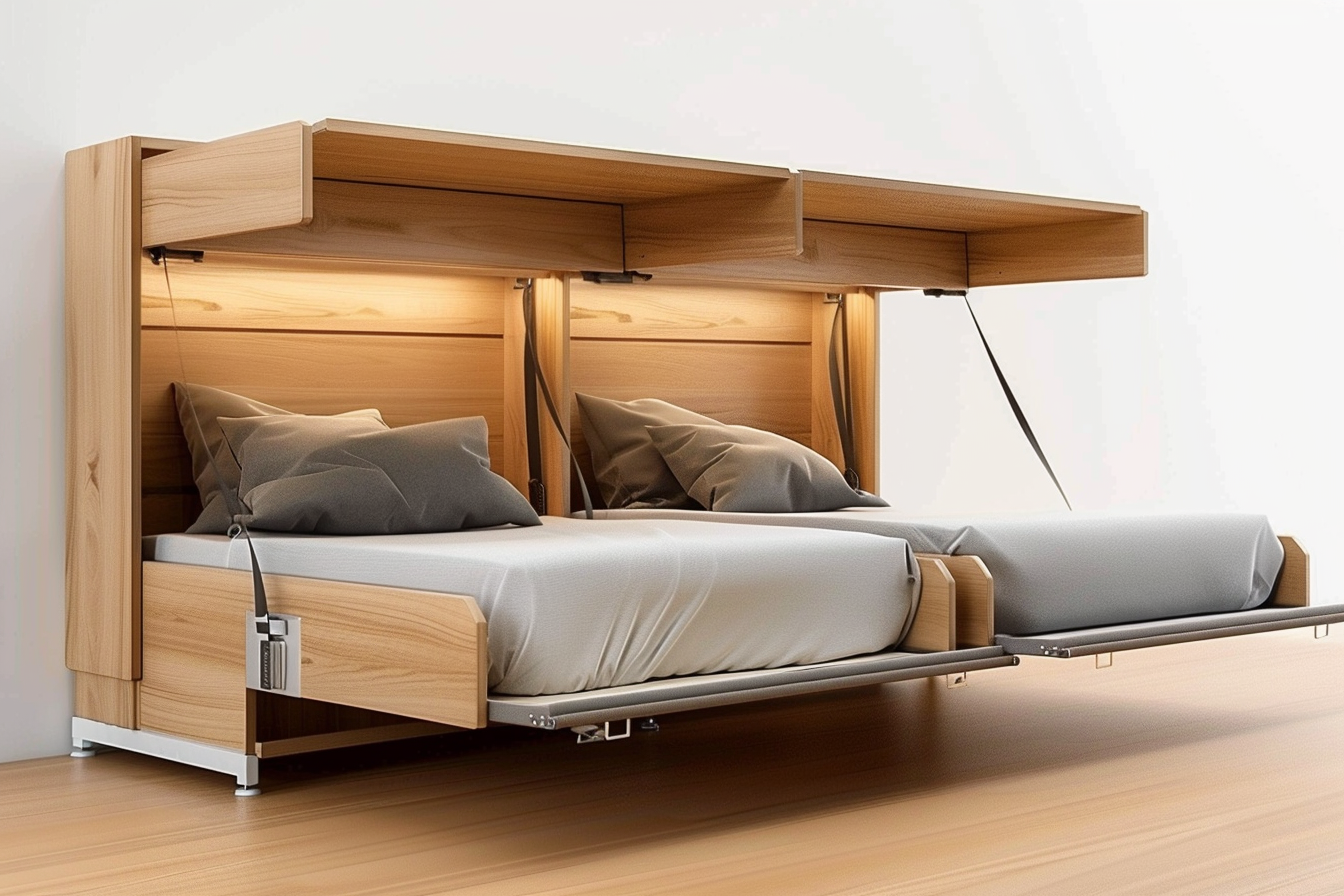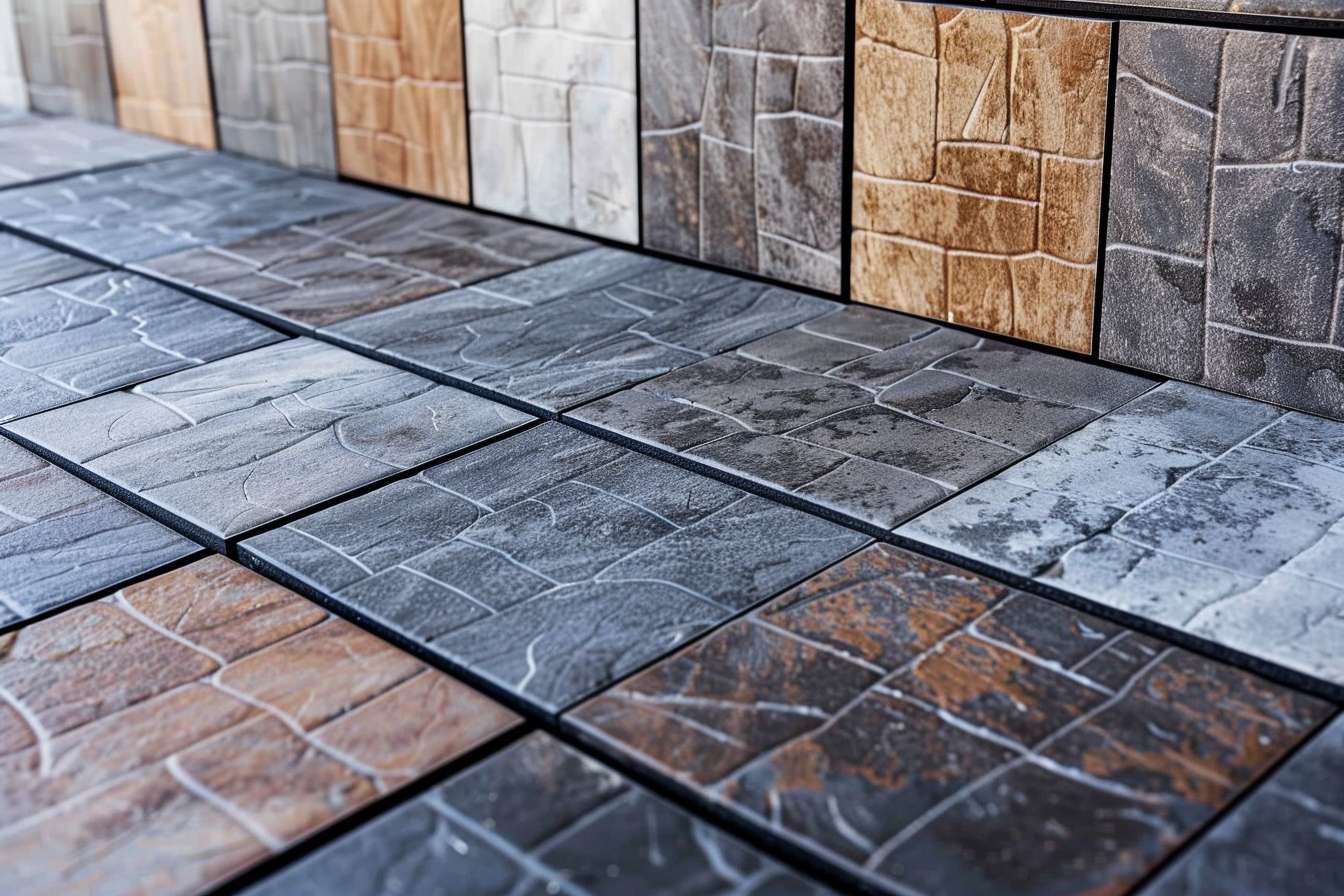Murphy Beds: The Space-Saving Guide
Murphy beds have revolutionized how people think about maximizing living space in homes and apartments. These ingenious wall-mounted beds fold up vertically when not in use, transforming bedrooms into functional multi-purpose spaces. Originally invented by William Lawrence Murphy in the early 1900s, these space-saving solutions have evolved dramatically, offering modern homeowners countless options for optimizing their square footage without sacrificing comfort or style.

What Makes Murphy Fold-Away Bed Systems Special?
A Murphy fold-away bed operates on a simple yet brilliant concept: when you’re not sleeping, why should your bed consume valuable floor space? These beds attach to the wall and fold up into a cabinet or wall recess, revealing the room underneath for other activities. Modern mechanisms use spring systems, pistons, or counterbalances to make lifting and lowering the bed effortless, even for a single person.
The engineering behind today’s Murphy beds ensures safety and durability. Most systems include automatic locking mechanisms that secure the bed in both up and down positions, preventing accidental movement. Quality hardware can support mattresses ranging from twin to queen size, with weight capacities often exceeding 1,000 pounds when properly installed.
Understanding Wall Beds and Their Installation Requirements
Wall beds require specific structural considerations for safe installation. The wall must be capable of supporting not just the bed’s weight, but also the dynamic forces created when raising and lowering the mechanism. Most installations require attachment to wall studs or specially reinforced mounting points.
Professional installation typically involves creating a recessed area in the wall or building a cabinet system that houses the folded bed. The depth required varies by mattress thickness and mechanism type, usually ranging from 14 to 20 inches. Some wall bed systems can be installed against existing walls without major construction, using cabinet-style housings that extend into the room.
The installation process often includes electrical work for integrated lighting, and some homeowners choose to add features like mirrors on the bed’s underside, creating the illusion of a larger space when the bed is stored.
Murphy Bed With Desk: Maximizing Functionality
A Murphy bed with desk represents the ultimate in space efficiency, combining two essential room functions into one footprint. These systems typically feature a desk surface that either folds down from the bed cabinet or remains stationary while the bed stores above it.
When designing a Murphy bed with desk combination, consider the desk height and depth needed for comfortable work. Standard desk height ranges from 28 to 30 inches, and the system should allow adequate legroom underneath. Some designs incorporate shelving, drawers, or cable management systems to create a complete home office setup.
The transition between sleeping and working modes should be smooth and quick. Quality mechanisms allow users to switch from office to bedroom in under a minute, making these systems ideal for studio apartments, guest rooms that double as offices, or children’s rooms where study space is essential.
IKEA Murphy Bed Options and Alternatives
IKEA Murphy bed solutions focus on affordability and DIY installation, though the Swedish retailer doesn’t manufacture traditional Murphy beds. Instead, IKEA offers modular furniture systems that can create similar space-saving results, such as loft beds with desk areas underneath or daybed configurations that serve dual purposes.
For true Murphy bed functionality, many homeowners combine IKEA furniture components with third-party Murphy bed hardware kits. This approach can reduce costs while maintaining the aesthetic consistency that IKEA furniture provides. However, these hybrid solutions require careful planning to ensure safety and proper weight distribution.
Several furniture retailers offer Murphy bed systems that compete with custom installations at more accessible price points. These systems often feature pre-fabricated cabinets and simplified installation processes, making Murphy beds available to more homeowners.
| Murphy Bed Type | Provider | Cost Estimation |
|---|---|---|
| Basic Wall-Mount System | Direct Bed Company | $1,200 - $2,000 |
| Murphy Bed with Desk | Closet Works | $2,500 - $4,500 |
| Custom Built-In | Local Carpenters | $3,000 - $8,000 |
| DIY Hardware Kit | Murphy Bed Depot | $400 - $800 |
Prices, rates, or cost estimates mentioned in this article are based on the latest available information but may change over time. Independent research is advised before making financial decisions.
Choosing the Right Murphy Bed for Your Space
Selecting the appropriate Murphy bed depends on several factors: available wall space, ceiling height, intended use frequency, and budget constraints. Measure carefully, accounting for the bed’s extended position and ensuring adequate clearance from windows, doors, and other furniture.
Consider the mattress type that works with your chosen system. Memory foam and latex mattresses typically work well with Murphy beds because they maintain their shape when stored vertically. Traditional innerspring mattresses may require additional support systems to prevent sagging over time.
Think about additional features that might enhance functionality: built-in lighting, storage compartments, or decorative elements that complement your room’s design when the bed is stored.
Murphy beds represent a practical solution for modern living challenges, effectively doubling the functionality of any room. Whether you choose a simple wall-mounted system or an elaborate desk combination, these space-saving beds can transform how you use and enjoy your living space. With proper planning and installation, a Murphy bed becomes an investment in both comfort and versatility, adapting your home to meet changing daily needs while maintaining a clean, organized appearance.




